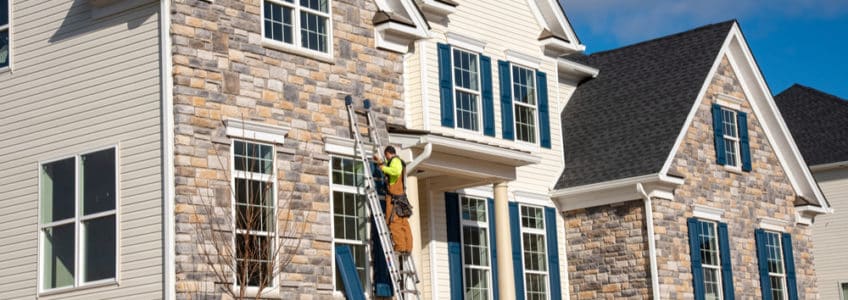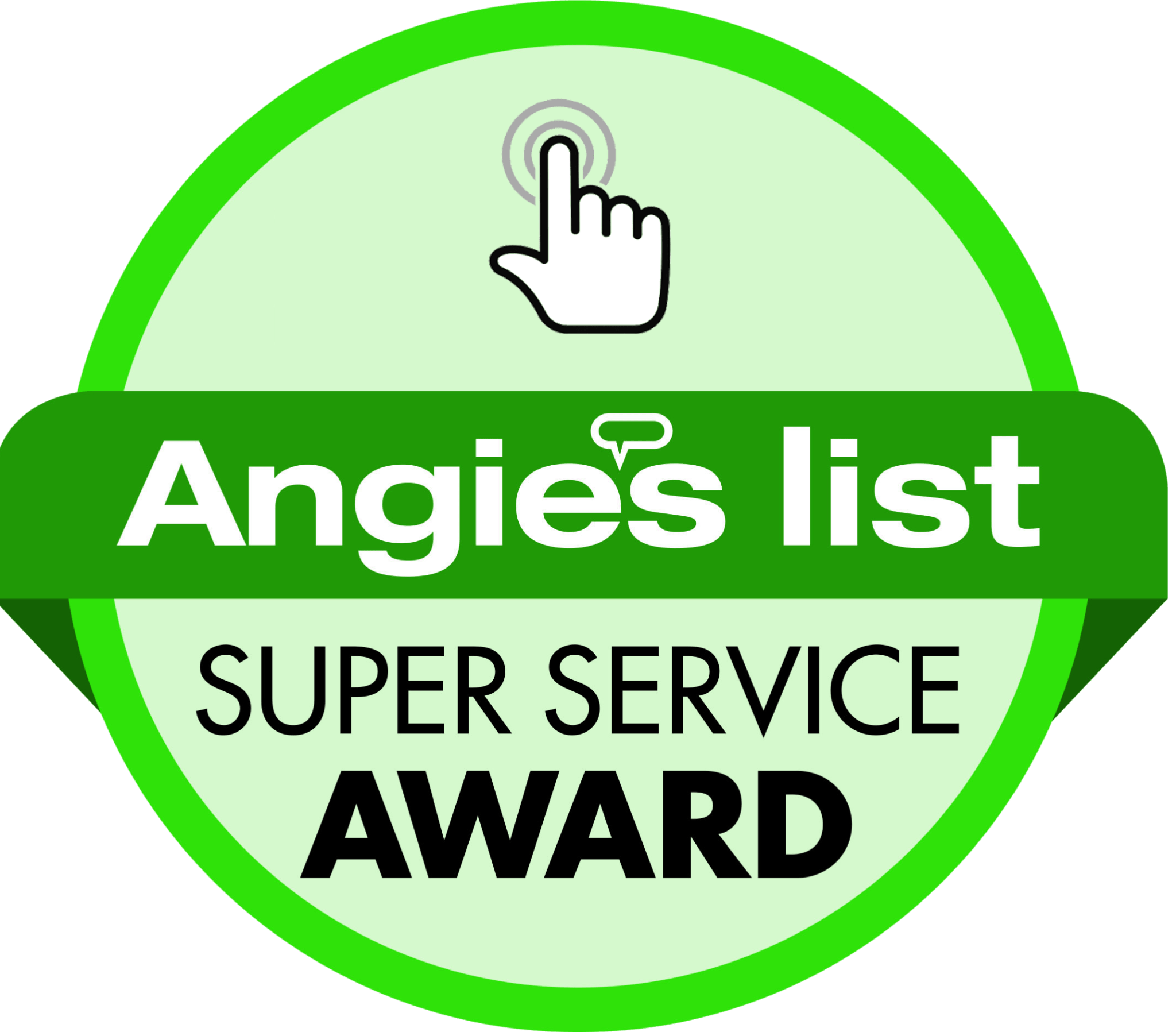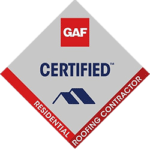What Are the Advantages & Disadvantages of Vinyl Siding?
Vinyl siding is a popular choice for homeowners who want a low-maintenance exterior. It is made from various colors and styles of PVC (polyvinyl chloride) resin. Vinyl siding has been around since the 1950s and has become increasingly popular due to its durability and affordability.
There are several advantages to using vinyl siding. First, it is very low-maintenance and requires no painting or staining. It is also resistant to rot, insect damage, and moisture, making it a great choice for homes in harsh weather conditions. Additionally, vinyl siding is available in various colors and styles so that homeowners can choose the perfect look for their homes. However, there are also some disadvantages, such as vinyl siding can crack or fade over time, and it may not be as environmentally friendly as other options.
What Is Vinyl Siding?
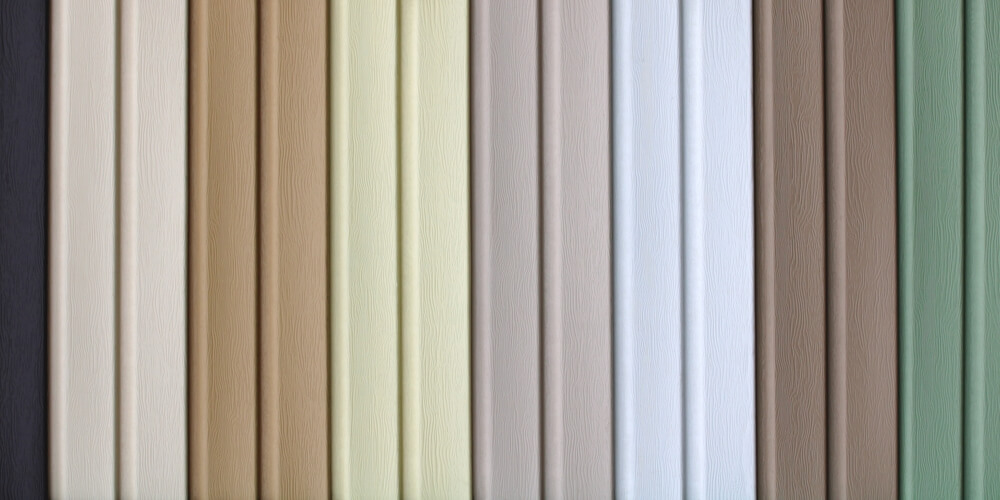
Vinyl siding is a popular exterior cladding material used in residential and commercial buildings. It is made from polyvinyl chloride (PVC) resin and other additives that provide durability, color, and texture. Vinyl siding is available in various colors, styles, and profiles, making it a versatile and affordable option for homeowners and builders.
One of the key advantages of vinyl siding is its low maintenance requirements. Unlike wood siding, vinyl siding does not need to be painted or stained regularly and is resistant to rot, insects, and moisture damage. Vinyl siding is also easy to clean with a hose and a mild detergent, making it an attractive choice for busy homeowners.
In addition to its low maintenance requirements, vinyl siding is relatively easy to install. It can be installed over most existing surfaces, including wood, brick, and stucco, and it does not require special tools or equipment. Vinyl siding is also lightweight and easy to handle, which can reduce installation time and labor costs.
However, there are also some disadvantages to vinyl siding. One of the main concerns is its environmental impact. Vinyl siding is made from non-renewable resources and can release toxic chemicals during manufacturing and disposal. Additionally, vinyl siding can fade and become brittle, especially in extreme weather conditions.
Overall, vinyl siding is a popular and affordable option for homeowners and builders who want a low-maintenance, durable, and versatile exterior cladding material. However, weighing the advantages and disadvantages before hiring a siding contractor is important.
Advantages of Vinyl Siding
Vinyl siding is a popular choice for homeowners due to its many advantages. Here are some key benefits of updating your home with vinyl siding.
Cost Effectiveness
One of the main advantages of vinyl siding is its affordability. Vinyl is less expensive than other siding materials, such as wood or brick, making it a cost-effective option for homeowners on a budget. Additionally, vinyl siding requires less maintenance than other materials, saving homeowners money in the long run.
Low Maintenance
Vinyl siding is low maintenance, another reason it is a popular choice for homeowners. Unlike wood or brick, vinyl siding does not require painting or staining, so it will not fade or peel over time. Additionally, vinyl is moisture-resistant, so it will not rot or warp like wood. This means homeowners do not have to worry about regular maintenance or siding repairs.
Durability
Vinyl siding is also durable and long-lasting. It can withstand extreme weather conditions that can cause storm damage, such as high winds, heavy rain, and hail, making it a good choice for homes in harsh climates. Additionally, vinyl siding is resistant to fading, cracking, and peeling, so it will maintain its appearance for many years.
Variety of Styles and Colors
Finally, vinyl siding offers various styles and colors, making it easy to find a look that fits your home’s aesthetic. Vinyl siding can be made to look like wood, stone, or other materials, so homeowners can achieve the look they want without the added cost or maintenance of those materials.
In summary, vinyl siding is a cost-effective, low-maintenance, durable, and versatile option for homeowners looking to update their home’s exterior.
Disadvantages of Vinyl Siding
Vinyl siding has many benefits, but it also has some disadvantages. Here are some of the most significant drawbacks of vinyl siding.
Environmental Concerns
Vinyl siding is made from PVC, a type of plastic. PVC is not biodegradable and can release harmful chemicals when it is burned. Additionally, the production of PVC requires a significant amount of energy, which contributes to greenhouse gas emissions.
Potential for Damage
Vinyl siding can be damaged by strong winds, hail, and other extreme weather conditions. If the siding is not installed correctly, it can also warp or buckle. Additionally, vinyl siding is not fire-resistant and can melt or burn if exposed to high temperatures.
Lower Resale Value
Vinyl siding is one of the most affordable types of siding, but it can also lower the resale value of a home. Some home buyers prefer more traditional siding materials like wood or brick, and may be less willing to pay a premium for a home with vinyl siding. Additionally, vinyl siding can fade over time, making a home look less attractive.
Overall, while vinyl siding has many benefits, it also has some drawbacks that homeowners should consider before deciding.
Is Vinyl Siding Right for Your Home?
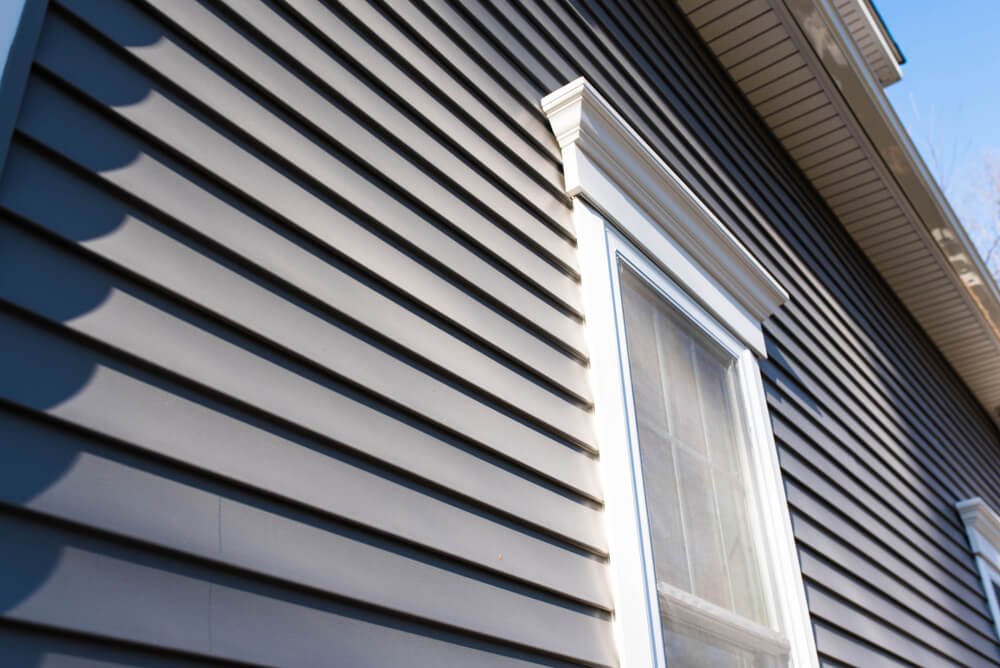
Vinyl siding has its advantages and disadvantages, and ultimately, the decision to use it will depend on the homeowner’s specific needs and preferences.
On the positive side, vinyl siding is relatively affordable, low-maintenance, and available in various colors and styles. It is also durable and can last for several decades with proper care. Additionally, vinyl siding can help improve a home’s energy efficiency by providing insulation and reducing heat loss.
However, there are also some potential drawbacks to using vinyl siding. For example, it can crack or fade over time and may not be as visually appealing as other materials, such as wood or brick. Additionally, vinyl siding can be prone to moisture damage if not installed correctly, and it may not be as environmentally friendly as some other options.
Overall, vinyl siding can be a good choice for homeowners looking for an affordable, low-maintenance option that will last for many years. However, those prioritizing aesthetics or environmental sustainability may want to consider other materials. Contact A to Z Construction today to learn about our vinyl siding options.
3 Ways You Can Benefit From Updating Your Siding
Replacing your home’s old and outdated siding is one of the simplest steps that you can take to instantly transform and modernize the look of your home, thus boosting its overall curb appeal. Yet, considering replacing your siding represents a significant investment, you are not alone if you have been putting off replacing your dated siding for some time.
However, what many homeowners do not realize is that their siding is not purely aesthetic, it also serves a critical role in protecting their home’s structure, and there are many practical benefits that come with having outdated siding replaced.
In fact, replacing worn siding is one of the most important things that you can do to maintain your home. If your home’s siding is showing signs of age, and you are unsure whether to have it replaced, here is a look at just a few of the benefits you stand to gain by doing so.
Increased Curb Appeal
Nothing makes a home look more old and worn out than siding that has seen better days. If your home has begun to look run down and no longer has the curb appeal that made you fall in love with it to begin with, it may be time to consider replacing your home’s siding. You will likely be surprised by how transformative replacing your home’s outdated siding can be.
In fact, with countless colors, materials, and designs to choose from, new siding can make your home look brand new. Alternatively, if you enjoy your home’s antique charm, choosing a similar siding will allow you to restore your home’s original look. Not only can replacing your home’s siding give it a fresh look, boosting its curb appeal, but choosing a weather and UV resistant material will ensure that your home looks beautiful for years to come.
Of course, not only will replacing your home’s outdated siding boost its curb appeal, but it will also increase your home’s resale value as well. In fact, while replacing a home’s siding is a significant investment, it is one of the best investments to make if you plan on selling your home in the near future, as siding replacement has an extremely high return on investment (ROI), with homeowner’s earning back 80-90% of the project price.
As an added bonus, replacing your home’s siding can also make your home easier to sell, as an attractive home with good curb appeal is more likely to entice prospective buyers.
Improves Energy Efficiency
Many homeowners are aware that having old windows can cause them to spend more money heating and cooling their home, which is why it is often one of the first things homeowners replace during a remodel. However, what you may not be aware of is that replacing your home’s siding can improve energy efficiency as well. You may be surprised to learn that old siding may not be doing much to protect your home from the elements, and replacing your worn siding could actually increase your home’s insulation.
Additionally, if your home tends to feel drafty and/or it does not have sufficient insulation, your contractor could add insulation to your exterior walls when they replace your siding to reduce heat transfer. You could even choose to invest in a house wrap to help prevent wind from entering your home, further improving energy efficiency. Replacing your home’s siding can improve your home’s overall energy efficiency by:
- Reducing heat transfer
- Helping seal your home against drafts
- Reducing the need to heat and cool your home
You will likely be surprised to discover the extent to which replacing your siding and adding insulation helps to keep you comfortable year-round. Even something as simple as choosing light-colored siding could help you to stay comfortable. If you live in a warm climate, light-colored siding will help to reflect sunlight, keeping the summer heat out.
Dark colors absorb heat, so if you currently have dark siding, this could be contributing to your high summer electric bills. Replacing your outdated siding with something light-colored and insulated will then help improve your home’s energy efficiency.
Ensures Your Home’s Structural Integrity
Having your siding replaced can also help to ensure your home’s structural integrity. One of the biggest problems with old siding is that it can warp and crack, allowing water to seep into the walls of your home. Unseen water damage is one of the biggest threats to your home’s structural integrity, as even a little bit of moisture can lead to wood rot and widespread structural damage that could end up being extremely costly.
Replacing your siding once it begins to look warped, cracked, faded, or damaged in any way is then an important preventive step to take in order to prevent costly damage to your home. Having aging siding replaced can help protect your home’s structure as it will allow your contractor to:
- Look for signs of water damage
- Perform any repairs if necessary
- Take preventative measures to prevent future water damage
- And inspect your home for any damage that could threaten its structural integrity
If you replace your siding soon enough, you may be able to prevent any damage from occurring, and proper siding installation will keep moisture out of your home for years to come. Replacing your home’s siding will then allow you to rest easy knowing that your home is protected from water damage and does not have any hidden structural problems.
Transform Your Home With Replacement Siding
Replacing your home’s siding is a significant investment that can help to increase your home’s value and curb appeal while helping to ensure your comfort and safety year-round. If your siding is looking worse for the wear, and you believe that it may be time to have it replaced, feel free to contact us to learn more about the benefits of residential siding replacement.



